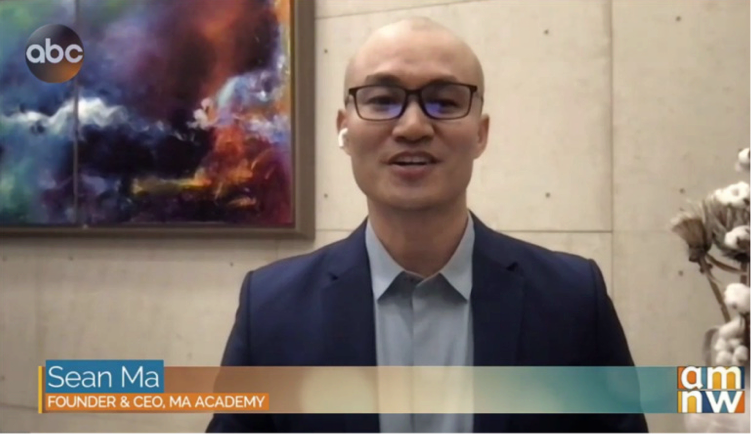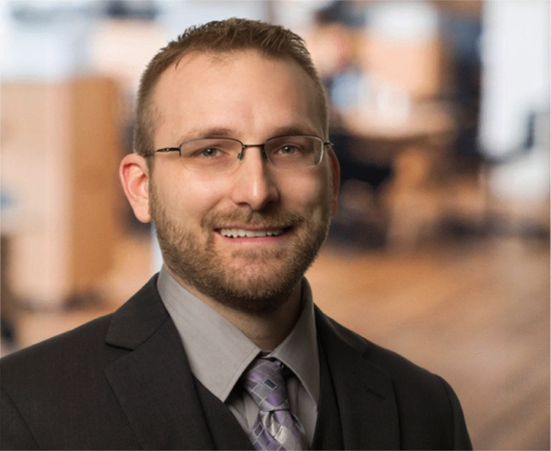College may not be for everyone, but if a career in science, engineering, or medicine is the plan, a college degree is a must. The challenge is gaining admission to the elite university of choice. Now more than ever, with competition and selectivity increasing, students need to recognize the intricacies of getting their applications accepted.
Unfortunately, most parents and students cannot fully comprehend the preparation required to get into the top colleges and universities. Sean Ma is a graduate of Columbia University and Cambridge University and also the CEO of Ma Academy. In a recent interview with KATU-TV (in Portland) he shared, “Parents and students need to know what they’re up against and how competitive admissions are. Schools like Columbia University receive over 60,000 applications each year and only accept 2,000 students. That means there’s a 97% chance you’re not getting in — even with the highest GPA and perfect SAT scores. It’s a much bigger equation.”
So how can students get a competitive edge when applying to top colleges? Ma Academy, a leader in the education consulting industry since 2008, has developed a successful track record designed to help its clients navigate these specific complexities. They have a team of Ivy League graduates and former admissions officers with the inside knowledge to give parents and students a valuable advantage. “We have helped thousands of students get into their dream schools in the United States and around the world, including Ivy League and other top colleges,” Ma shares.
#1 – In a sea of exceptional students, college applicants need more than top GPA & SAT scores — they need to differentiate themselves from the competition. When students have a strong GPA and high standardized test scores, they are usually overly confident with their college placement prospects. So, how can top applicants differentiate from other students?
It starts with being a club founder rather than a club member. Namely, students’ activities must demonstrate leadership skills, including holding positions like Class President or Valedictorian, or other significant accomplishments like getting a research paper published in a prestigious journal, launching a successful business, or achievements that garner national media attention.
#2 – Parents and students should not obsess with top ranked universities or colleges that might not be the best overall fit for them. The competition to get accepted into the top-ranking schools is indeed fierce. “It’s a delicate balance to manage expectations without killing a client’s dreams,” Ma says, “but it’s more than that, since not every student is Ivy League material when they come to us. We work with them to help them step up to their highest potential and then advise them on how to determine the school that is the best fit for them. We’ve found that even when a student gets accepted into an Ivy League university, it’s not always the best match — and the student would be much happier and more successful at another comparably prestigious college or university.”
#3 – Students need a multi-faceted approach to gain college acceptance. Filling out college applications can be stressful, but it is essential that the application is not the first step. In fact, it should be a final step since the high school career lays the foundation for a successful college application submission.
Using a fitness analogy, Sean Ma says he finds the Six-Pack Abs Approach used as a model at Ma Academy to be very effective. “Colleges are looking for students that are more than their grades, but ‘fit’ with life balance as well. They will evaluate the student’s six pack abs to determine if the applicant is the right type of student for their college brand. This approach includes an Admissions Strategy, Application Theme, Extracurricular Activities, Course Selection, Recommendation Letters, and College Essays. Do not underestimate the weight of each of these, especially when it comes to activities and the essay. Through application essays, students can show their personalities, express their passions, and demonstrate their writing skills.”
Finally, Ma wants parents to understand that social media and social gatherings can be detrimental to parents when others brag about their child’s accomplishments. “It often evolves into a comparison competition where parents start to feel as if their own child is a failure when their child is really doing well. Parents should really think about dialing back on time spent on social media and events, so they’re not tempted to unrealistically compare their child to other students.”
During the stressful college application process, working with a company that understands the system is critical. The goal of companies like Ma Academy is to guide students and their families successfully into a college that is the right fit for each student’s personal development and academic success.


